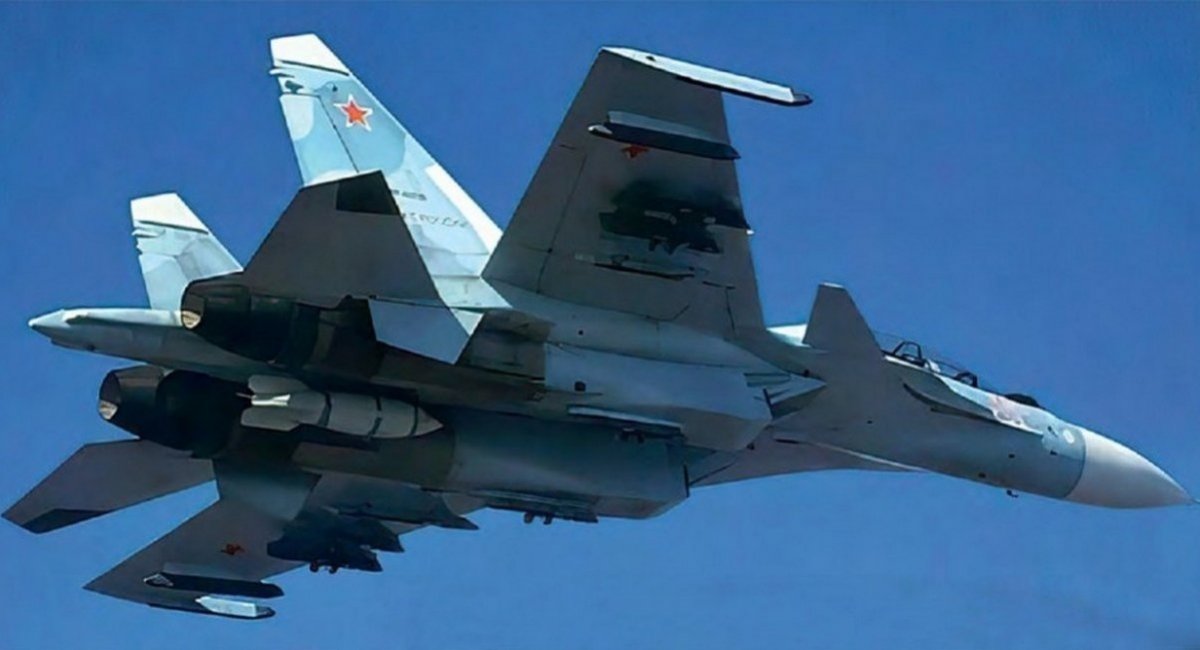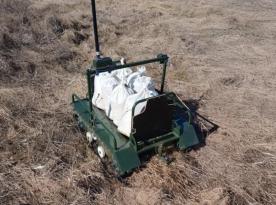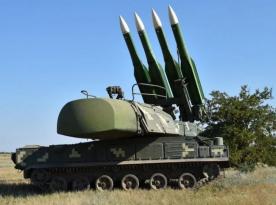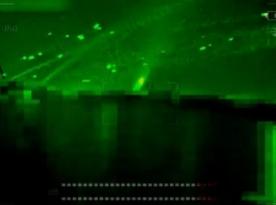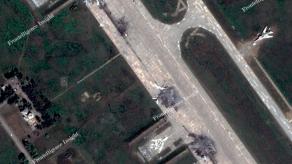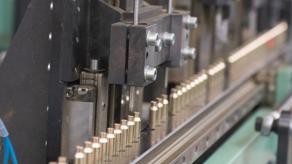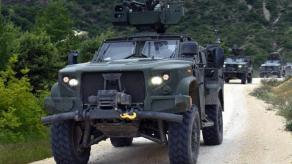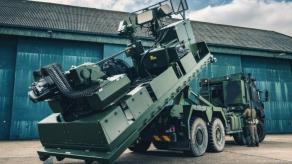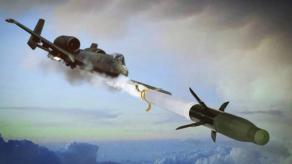A few days ago, russia's Ministry of Defense announced military exercises on the use of tactical nuclear weapons in russia. Since then, there has been no updates detailing the program and scale of these drills, raising questions, in particular, how they are going to unfold and what equipment will be used in the process. While the presence of actual nukes remains a concern for the world's intelligence services, there are, in fact, special munitions created just in case of such exercises.
Originating in the Soviet era, the IAB-500 and IU-59 nuclear explosion imitators are set to be replaced with a new type of similar device, currently in development, as disclosed by the Kremlin in January 2024. Still, the russians consider these old nuke simulation bombs sort of a "technology of a long-lost civilization," which is apparently prohibited to share even with satellite states like belarus, where local military don't even know how a nuclear bomb looks like despite having announced own training with nuclear weapons, too. Considering the reignited relevance of this topic, Defense Express rewinds all that is known about the IAB-500 imitator.
Read more: Tactical Nuclear Drills in russia as Response to "Provocative Statements" From the West: Purpose, Weapons, Reasons
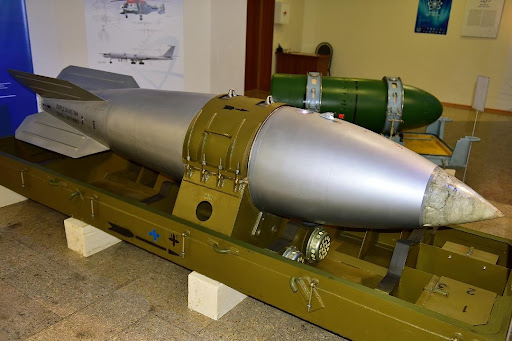
For starters, let's explain what a device for simulating a nuclear explosion is in the Soviet/russian interpretation. Basically, it's just a pyrotechnic or explosive device with a specific combination of chemicals, that upon detonation produces a powerful explosive wave, light radiation, and the well-known "mushroom," as in a nuclear explosion. The only difference is that when the imitator is blown up, there should be no radioactive radiation with all associated consequences. That's what the USSR created such devices for.
Delving further into detail, the IAB-500 specifically was created as a counterpart to the RN-24 nuclear bomb for tactical aircraft. IAB-500 is essentially a fuel tank shaped like an aerial bomb, filled with a 75% to 25% mixture of diesel and gasoline, and cylinders with red phosphorus. When detonated, the IAB-500 is supposed to create a fireball 90–120 meters in diameter within 3.5 seconds, followed by a "mushroom" up to 1 kilometer high, which should be visible from 30 kilometers away.
The IAB-500s were produced in Soviet times. In 2020, the russian military showed one of them in use during an exercise of the russian Aerospace Forces, it was dropped from a Su-30SM fighter. How many imitators of this type the russians could have in possession by now, remains unknown.
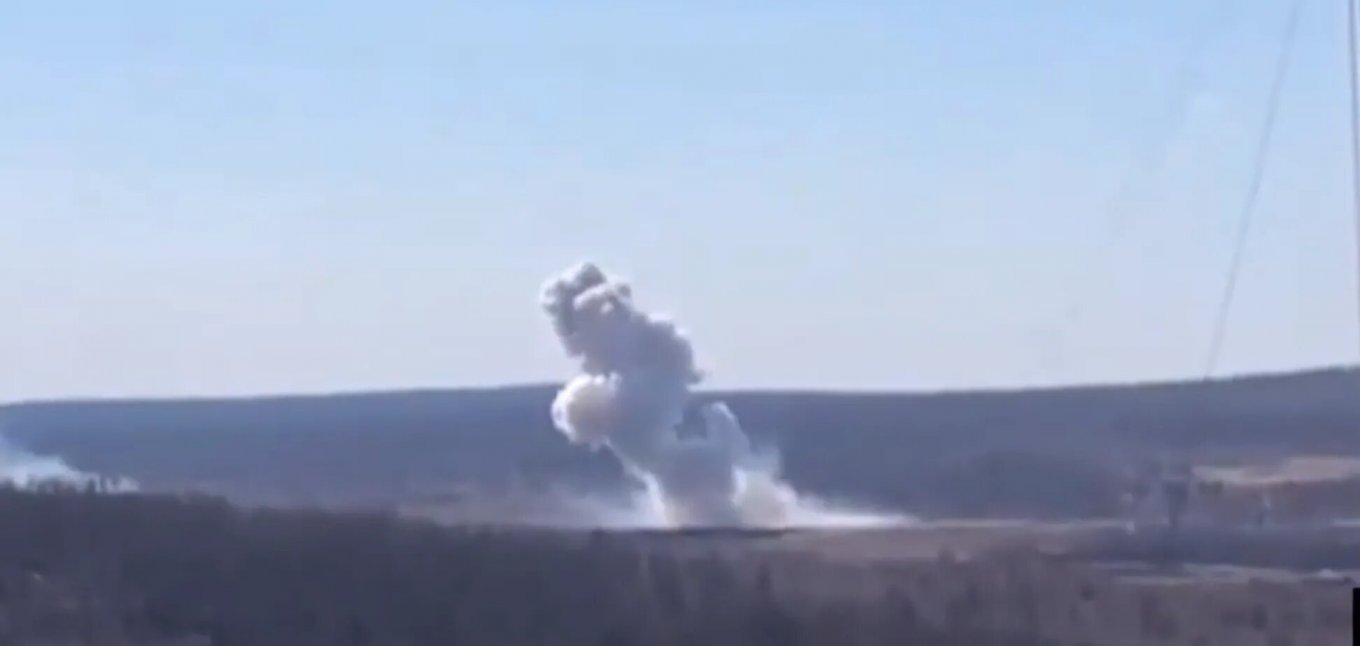
We must not forget to also mention here the predecessor of the IAB-500, called IU-59. It is essentially a TNT bomb 1.1 meters high and weighing 117 kilograms, it even had to be fired from a special mortar. It took up to 25 minutes to prepare for the detonation. When triggering an IU-59, the personnel had to be at least 200 meters from the epicenter of explosion. The device is interesting in its own way, but all the available images of it can only be found in archives.
Either way, the important conclusion from all the mentioned above is that if the russians need to stage a "fire show" simulating a nuclear explosion during the upcoming drills, they can achieve that by utilizing technologically quite simple devices.
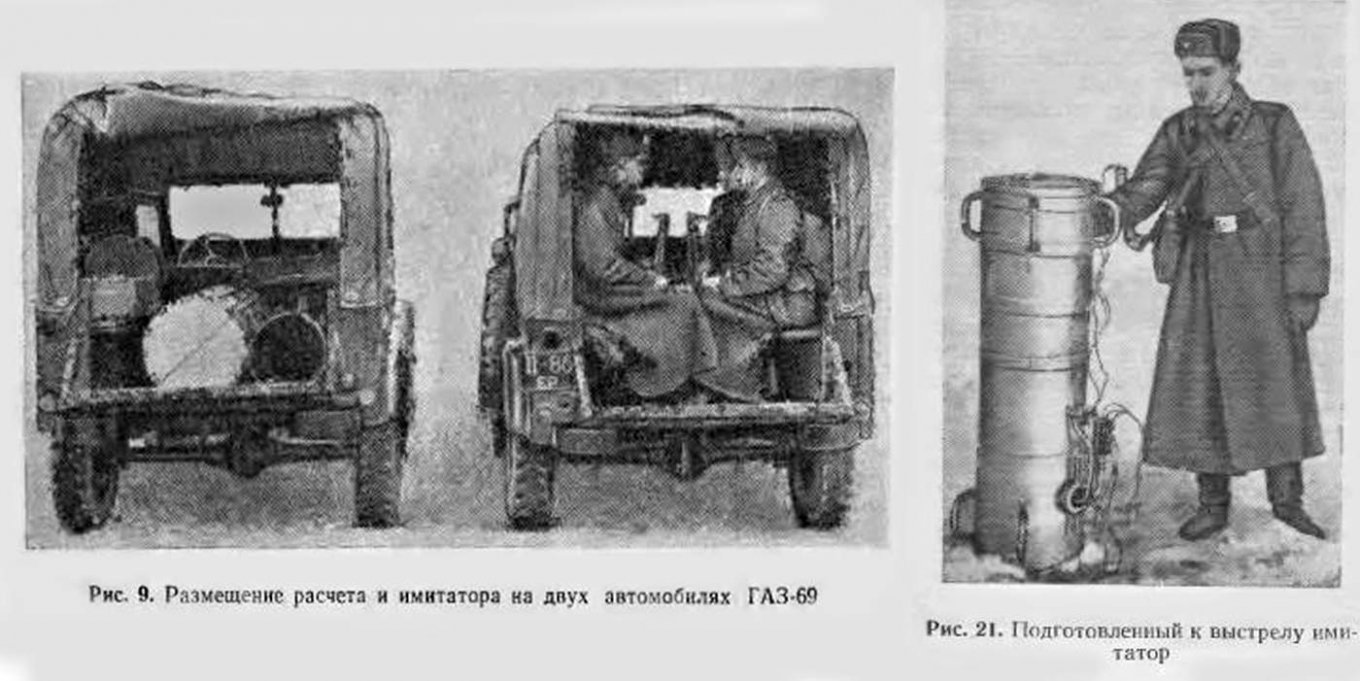
Read more: New Nuclear Explosion Simulator is Patented in russia: What It is and How It Works




